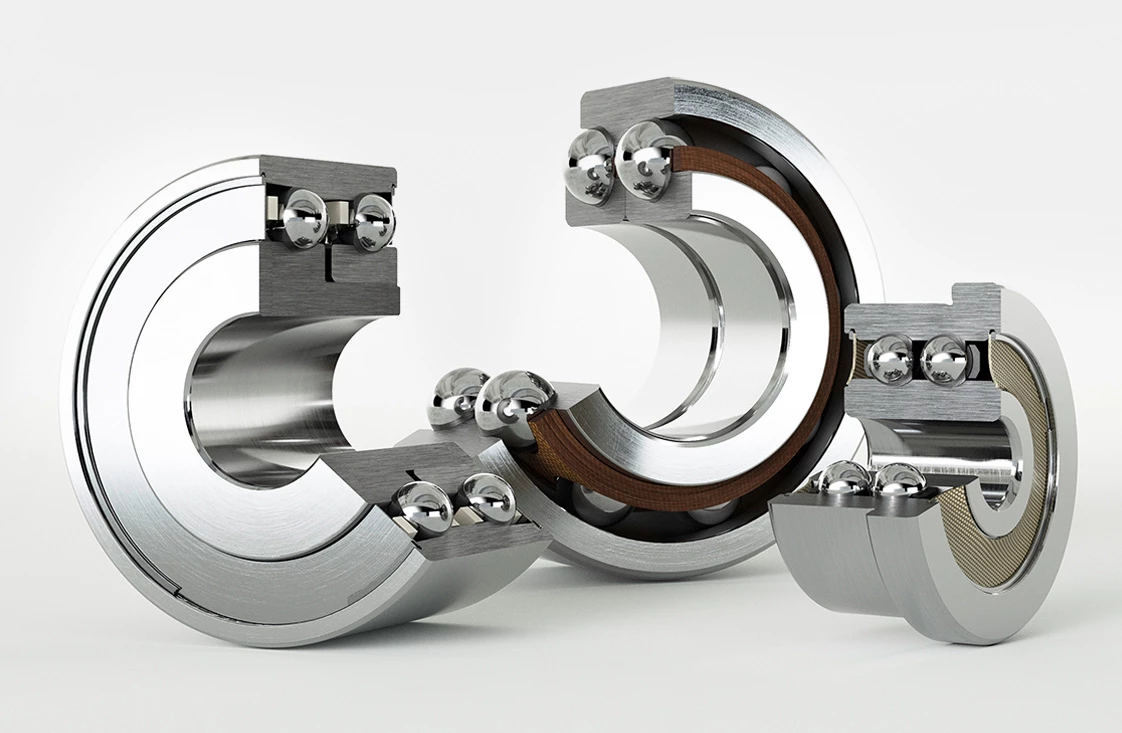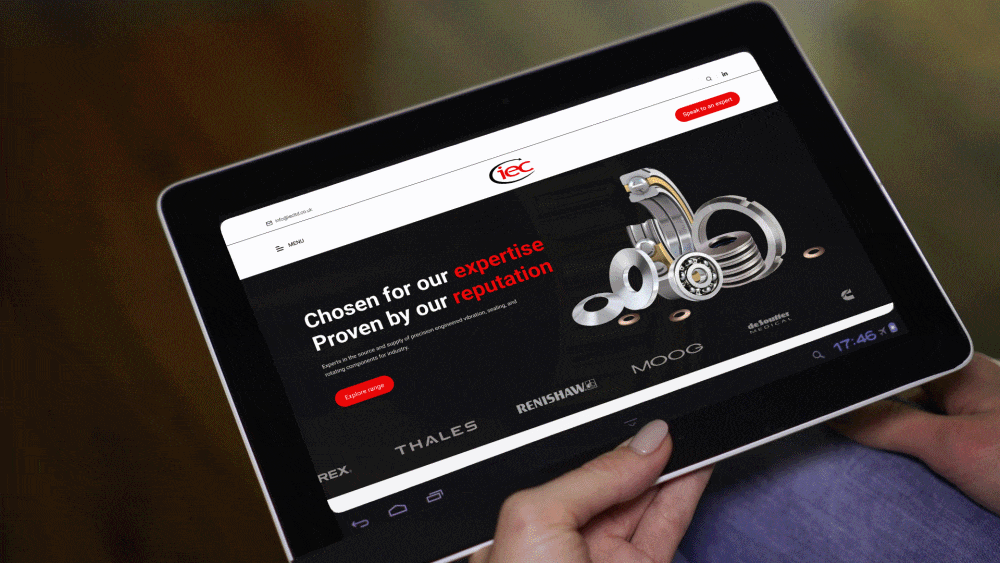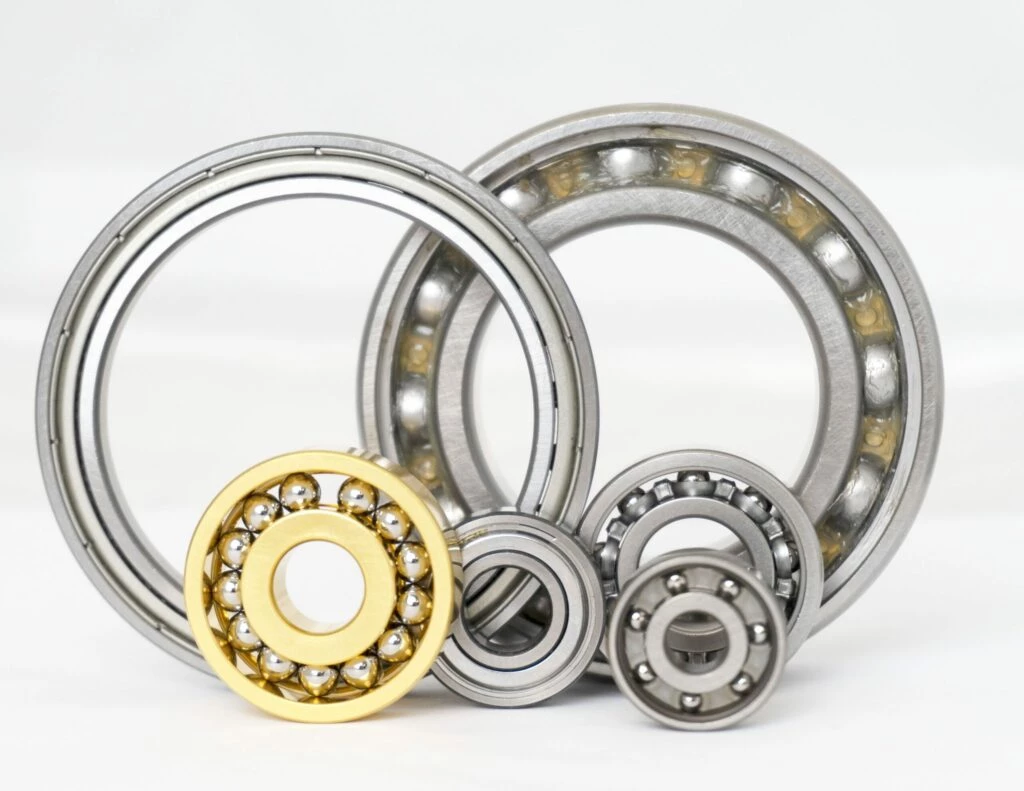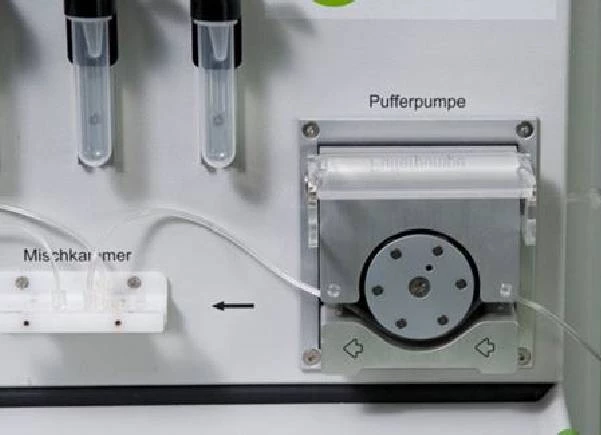












Welcome to our ball bearings, the ultimate destination for unmatched accuracy and efficiency in your machinery.
Ball bearings are specifically engineered for applications where precise rotation, reduced friction, and high reliability are crucial. Commonly found at the core of intricate equipment such as high-speed motors, precision machinery, and advanced mechanical systems, these ball bearings are pivotal in enhancing the functionality and efficiency of these machines.

Ball bearings, an essential component in machinery, are unsung heroes in the world of mechanics. These tiny, spherical pieces play a crucial role in reducing friction between moving parts, ensuring the smooth operation of machinery. They are used in almost every industry, from automotive to aerospace, elevators to electric motors. In this article, we delve into the principles of ball bearing operation, their manufacturing process, and the different types available alongside their unique applications. We will also provide guidance regarding their maintenance and troubleshooting. Furthermore, we’ll explore the latest technological advancements in the field and discuss future trends. Understanding ball bearings are vital for those in the engineering and manufacturing sectors, as well as for anyone curious about the inner workings of everyday machines. This article will offer an insightful journey into the fascinating world of ball bearings.
A complete range of bearings and configurations designed to carry load, reduce friction and support rotating and oscillating systems in any application.
In essence, ball bearings operate on the principle that it’s far more efficient to roll over surfaces than to slide, thereby significantly reducing friction and facilitating smooth movement of machinery parts. This simple yet revolutionary concept has drastically improved the functionality of various mechanical systems.
The basic operation of a ball bearing involves an inner and outer raceway, with the ball acting as the intermediary. The ball spins, transferring the load from the outer raceway to the inner one. The shape and material of the ball minimize friction and wear, enhancing the bearing’s longevity. This low friction property also makes these bearings ideal for high-speed applications. In industries, they are commonly used in automotive, aerospace, and manufacturing, playing a critical role in the functioning of numerous machines.
Maintaining and troubleshooting these mechanical marvels is a crucial task that can’t be ignored in any industry. Proper maintenance of ball bearings can significantly increase their lifespan, reduce operational costs, and ensure smooth functioning of machinery. This involves regular cleaning, lubricating, and inspecting for signs of wear and tear.
Troubleshooting, on the other hand, involves identifying and resolving issues that may arise. Common problems include excessive vibration, high temperature, and abnormal noise, which could indicate misalignment, improper mounting, or contamination. Using special tools, such as vibration analysis equipment, can aid in early detection of these issues. Regular training and education of personnel on how to handle and maintain ball bearings effectively is also crucial. This proactive approach can mitigate potential problems, prevent machinery breakdown, and maintain operational efficiency.
Absolutely, recycling or repurposing is very much possible for materials like these. They can often find new life in other forms, such as jewellery, tools or parts for other mechanical devices.



IEC have a range of mechanical solutions to suit a broad spectrum of markets and applications, from aerospace to skateboards.
IEC have a range of mechanical solutions to suit a broad spectrum of markets and applications, from aerospace to skateboards.
Molestie nunc non blandit massa. Iaculis nunc sed augue lacus. Malesuada nunc vel risus commodo. Dui id ornare arcu odio ut sem nulla pharetra.
We act as partners, making our customers’ engineering challenges ours to solve, removing stress and freeing up time to turn ideas in to innovation.




Keep up to date with the latest product and technical information from IEC and its international supply partners.
Fey Laminar Seal Rings
Fuji Bearing Lock Nuts
Schnorr Load Washers

© 2024 IEC. All rights reserved.
Web Design by Atomic Digital Marketing
© 2024 IEC. All rights reserved.
Web Design by Atomic Digital Marketing










